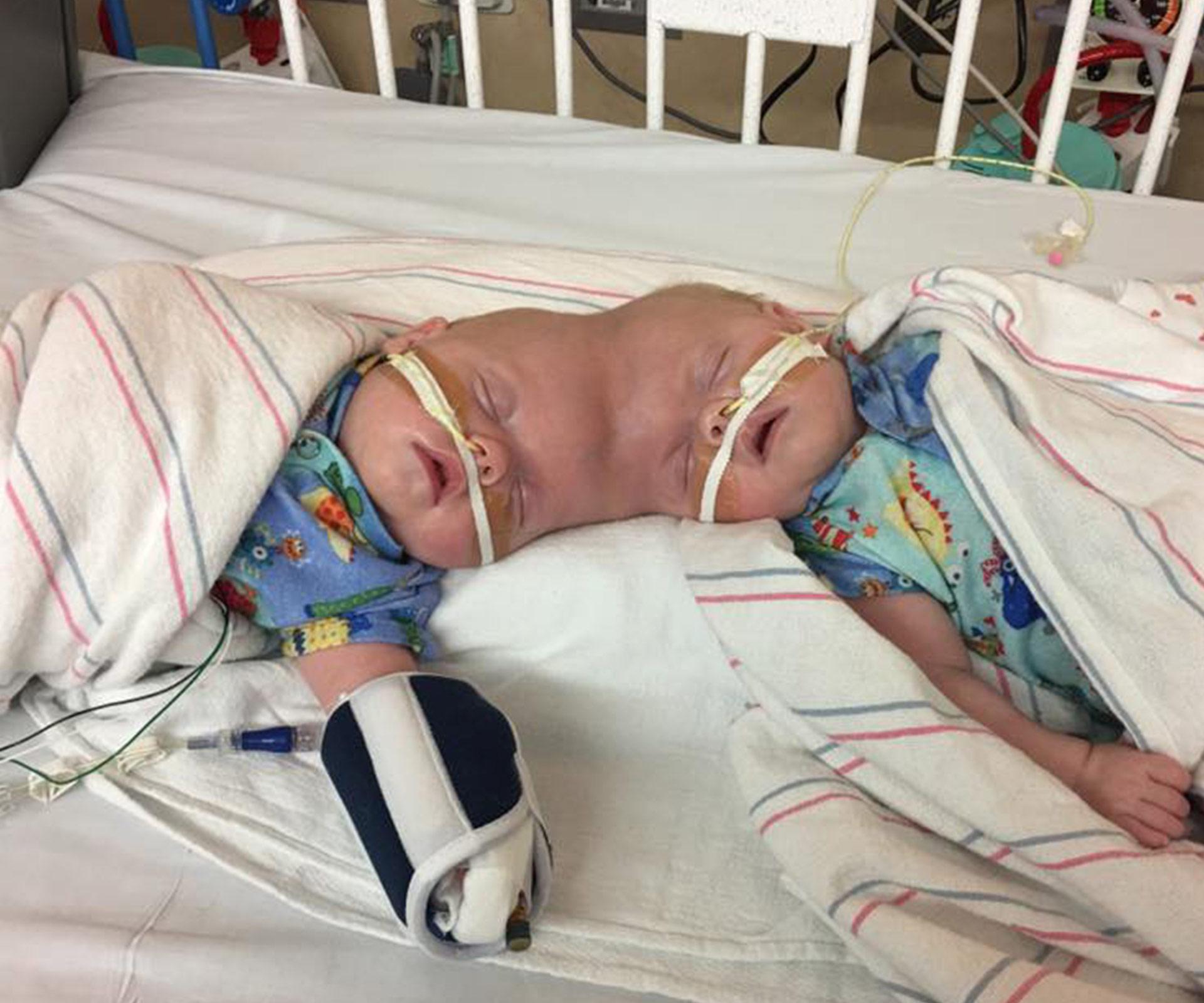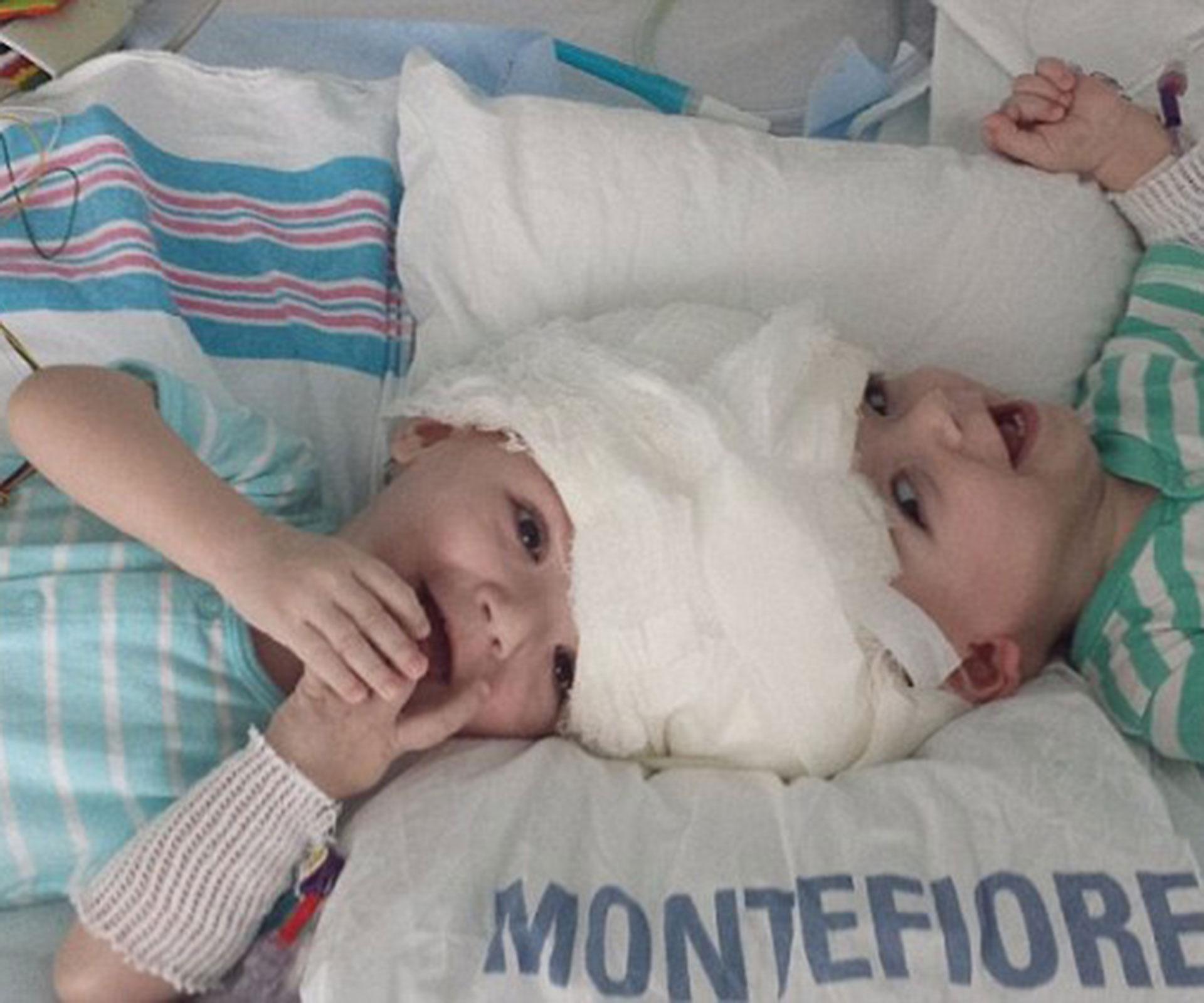Abby and Brittany Hensel first gained nationally attention when they were six-years-old and made an appearance on The Oprah Winfrey Show, but it wasn’t until they got their own special — Joined for Life — that people really fell in love with these charming twins.
The success of Joined for Life eventually led to their own short series, simply titled Abby & Brittany.
More than 20 years on from their time with Oprah, the Minnesota natives, who are now 27 years old, have blossomed into talented young women.
What do Abby and Brittany do today?
Abby and Brittany studied education at Bethel University and today, they share a fifth grade classroom in a public school district just an hour from their hometown.
Despite the attention they got when they were younger, the ladies live extremely low-profile lives today.
What makes Abby and Brittany unique?
Conjoined twins are already extremely rare — occurring just once in every 189,000 births by some estimation — but Abby and Brittany are dicephalic parapagus twins (meaning they have two heads, but one torso), which make up only 11 percent of those conjoined twins.
They have double the organs for the top half of their body — meaning two hearts, four lungs, two stomachs — but share many of their bottom half, including their set of reproductive organs. Each twin can control her side of their shared body.
How are they able to perform everyday tasks that require both sides of their body?
On their short-lived series, Abby & Brittany, we watched as the girls conquered their road tests (yes, they each had to pass separately) and learned to drive. Abby controls the devices on the right side of the steering wheel and Brittany the left, while they cooperate in working together to steer the vehicle.
As children, they had to learn to coordinate their actions that required both sides of their body — such as clapping, walking, and swimming — but can do many activities such as eating and writing as individuals.
What’s the deal with their love life?
It’s the question that everyone wants the answer to, but no one wants to ask. The answer, in short, is that we don’t know a lot about that part of their lives.
In 2012, conjoined twin expert Alice Dregar broke it down for The Atlantic, but basically came to the conclusion that we don’t know that much about the intimate lives of conjoined twins and one’s view on the topic really depends on that person’s view of sex in general.
As she explains:
“Based on what we know about the significant variability of one conjoined twin to feel a body part (e.g., an arm) that putatively ‘belongs’ to the other twin, it’s hard to guess how any conjoinment will turn out in practice.
“Nerves, muscles, hormones, and psychology all probably factor in to who feels what.
“Whether or not both are ‘having sex’ with the third person in the equation depends on how you think about ‘having sex’.
“From my studies, I would postulate that conjoined twins probably end up having less sex than average people, and that is not only because sex partners are harder to find when you’re conjoined.
“Conjoined twins simply may not need sex-romance partners as much as the rest of us do. Throughout time and space, they have described their condition as something like being attached to a soul mate.
“They may just not desperately need a third, just as most of us with a second to whom we are very attached don’t need a third — even when the sex gets old.”
Via: In Touch Weekly.

